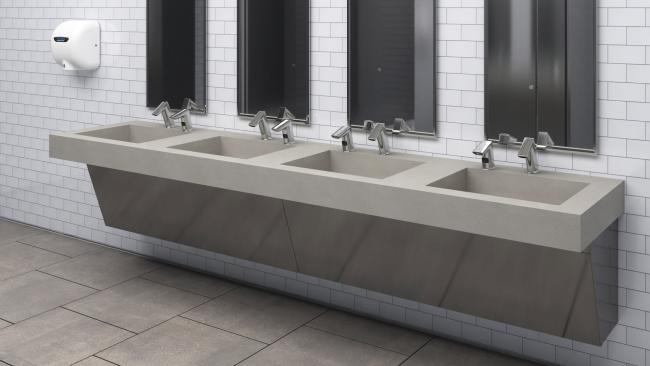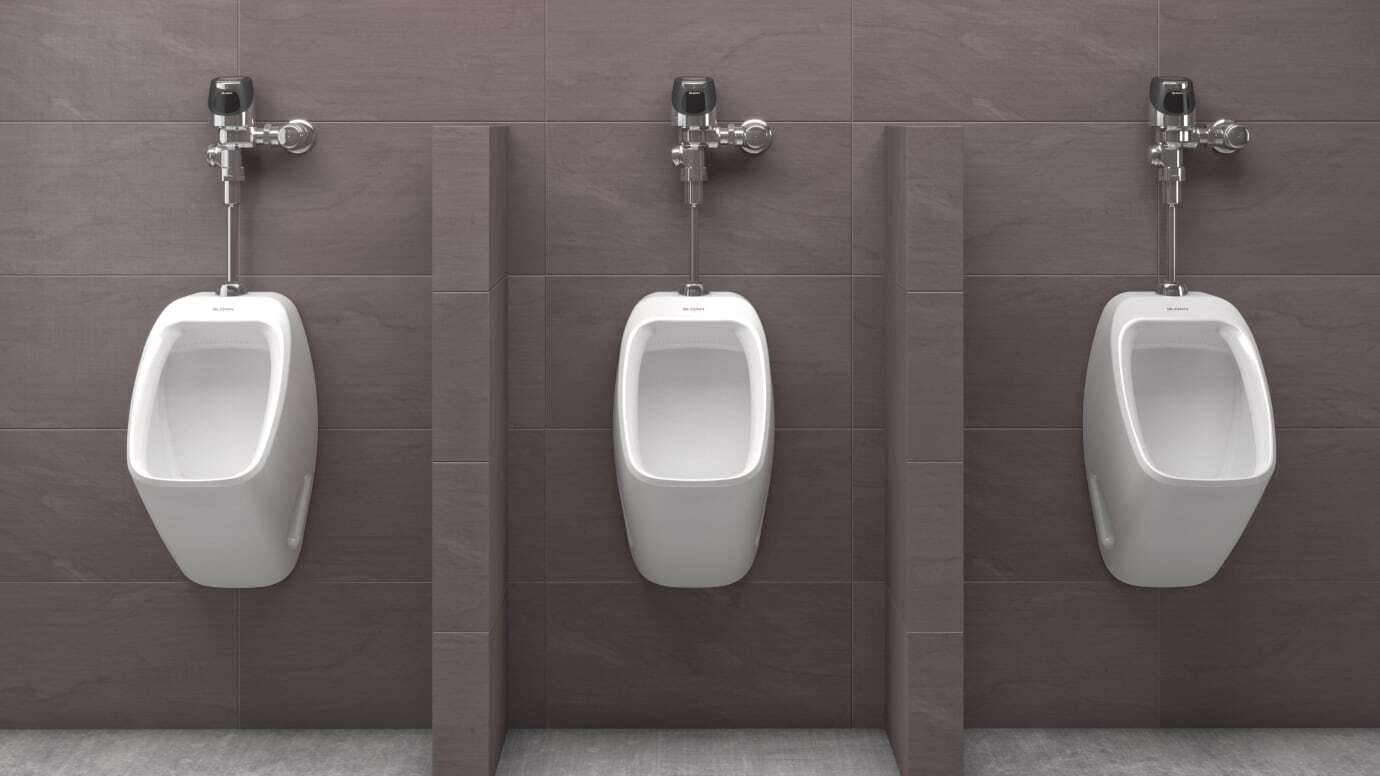Touch-free Retrofits
Restroom Retrofits With Touch-free Technology

It’s a facility manager’s worst nightmare — hearing that your restroom is linked to an outbreak of COVID-19.
But that’s exactly what happened recently at a subway station in Tokyo, Japan, as a total of 39 drivers were infected via manual faucets at a boarding area of the Toei Subway Oedo Line.
The outbreak experienced in Tokyo is the unfortunate reality that so many across the world have experienced as these “high-touch” surfaces are breeding grounds for germs, bacteria, and now, the COVID-19 virus.
It’s for this reason that so many facilities are now opting for touch-free technology throughout their entire facility, starting with the restrooms, a building’s second most-visited space.
Facilities of all types are adopting touch-free products across the entire restroom. For example, the city of Fayetteville, NC is in the process of installing touch-free faucets and flushometers for both their toilets and urinals across all city facilities. To mitigate the risk of cross-contamination, facility managers are opting for touch-free technology to enact health and wellness practices.
A priority on hygiene
The “high-touch” surfaces in restrooms have staggering amounts of germs and bacteria. Specifically, faucet and toilet handles feature 17,976 and 107 germs per 10 sq. cm., respectively. That’s why commercial restroom products are working to eliminate these hygienic concerns.
From flushometers to faucets, facility managers are effectively able to retrofit their restrooms to become increasingly touch-free. Top-mount and side-mount flushometers provide effective sensor-based operation and can be installed in a relatively short time.
When it comes to handwashing, faucets, soap dispensers, and hand dryers alike are all now available with sensor operation to provide a completely touch-free handwashing experience. In fact, manufacturers like Sloan are providing products that take proper handwashing a step further. By way of an LCD display screen, Sloan’s guided handwashing faucets walk users through the five-step handwashing process recommended by the Centers for Disease Control and Prevention (CDC).
Another trend in both restroom retrofits and new construction is the growing need for social distancing and privacy. Floor-to-ceiling stalls, as well as floorplans that provide six feet of space between urinals and sink stations, are becoming increasingly popular.

Water-saving solutions
There is a direct correlation between sensor-operated products and the amount of water a facility is able to save. The increased focus on proper handwashing for at least 20 seconds leads to a greater amount of running water throughout the process with manual faucets. But sensor-operated faucets only activate when hands are within range of the sensor to cut down on water consumption, all while delivering a hygiene-friendly experience.
The difference of just a few decimals for each gallon flushed can really add up when you consider the sheer number of visitors that go in and out of high-traffic restrooms. At Los Angeles Union Station, a public transit hub that serves as many as 100,000 passengers per day, Sloan ECOS® Flushometers with automatic dual-flush technology are lowering flush volumes for liquid waste by up to 30%.

Maintenance made easy
Through virtual tools, it’s now easier than ever for maintenance teams to manage and conserve water for their sensor-operated products. Innovations such as Bluetooth technology and the Internet of Things (IoT) enable easier facility maintenance, all from a smartphone.
Wirelessly connected faucets and flushometers allow maintenance teams to quickly change settings and run diagnostics, monitor usage, troubleshoot issues, shorten repair time, share diagnostic reports, and more. Additionally, with below-deck faucet components that connect to a mobile device, faucet controls and data can be accessed remotely. This eliminates the need to change sink and faucet settings manually from the product.
